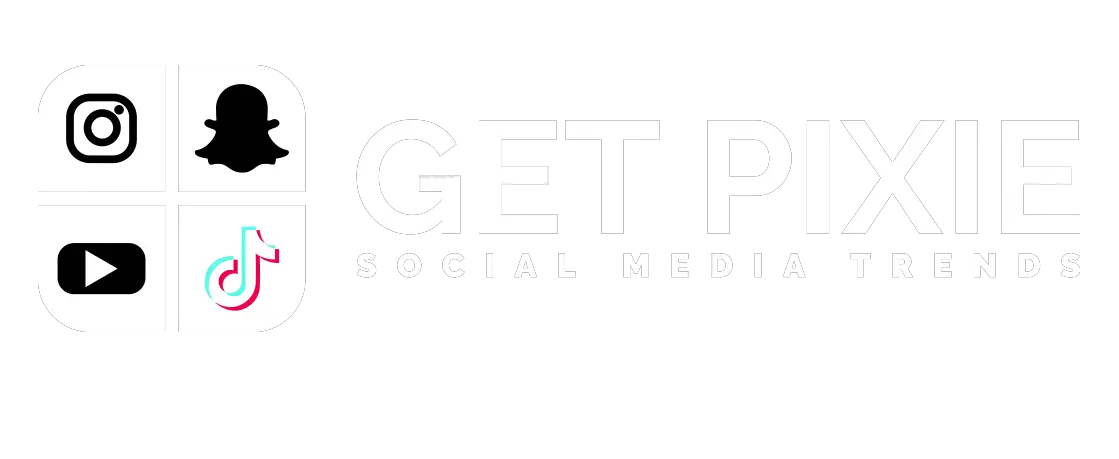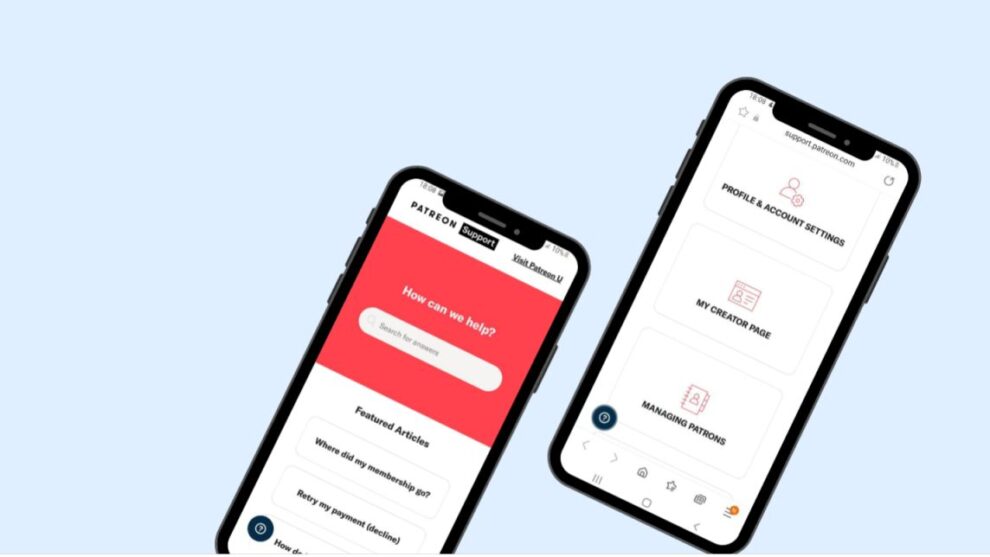Do you want to build a business with recurring and predictable revenue?
Subscription platforms like Patreon have made it possible for fans to support their favorite content creators. Through monthly subscription programs, creators can build subscription packages that distribute value in any form they choose.
In 2023, the Patreon boasts over 8 million monthly active patrons, reaching the top list in the entertainment category.
In this blog, we are going to discuss everything you need to know about building a platform like Patreon.
Why build a platform like Patreon?
Patreon is a popular platform that enables creators to receive ongoing financial support from their fans and followers.
If you’re considering building a similar platform, here are some reasons why it could be a worthwhile endeavor:
Empower creators
A platform like Patreon empowers creators to monetize their content and creative endeavors. Many creators struggle to make a sustainable income from their work, and platforms like Patreon provide a consistent revenue stream that can allow them to focus more on their craft.
Diversified income
Creators often rely on multiple income streams, including advertising, sponsorships, merchandise sales, and more. Patreon-like platforms can provide a reliable and predictable income source that isn’t solely dependent on fluctuating ad revenue or one-time transactions.
Platform revenue
Building a Patreon-like platform can generate revenue through subscription fees or a percentage of the funds processed on the platform. This business model can be financially viable if you attract a substantial number of creators and patrons.
Building a website like Patreon
Building a website like Patreon involves several steps, ranging from conceptualization to development and launch. Patreon is a platform that enables creators to earn money from their content by connecting with supporters who pledge to pay a recurring amount.
Here’s a step-by-step guide to build a platform like Patreon and start making money.
Conceptualization and planning
Define your platform’s niche, target audience, and the value it will provide to both creators and supporters. Determine what features and benefits will set your platform apart from competitors like Patreon. Create a business plan by outlining your monetization strategy, pricing models, and revenue streams.
Market research
Analyze Patreon and similar websites to understand their features, strengths, and weaknesses. You must also identify user needs by gathering feedback from potential users to refine your platform’s features and functionalities. Identify gaps in the existing offerings and gather insights to shape your platform’s features.
Choose your business model
Decide on the revenue model for your platform. Patreon primarily makes money by taking a percentage of the earnings made by creators. You can choose this model or explore alternative options such as subscription fees, transaction fees, or a combination.
Developing the platform
This is a complex step involving several components:
Choose the technology stack: Decide on the programming languages, frameworks, and tools you’ll use to build the platform.
Front-end development: Develop the user interface, ensuring it’s responsive and optimized for various devices.
Back-end development: Build the core functionality, including user accounts, content management, payment processing, and data storage.
Implement features: Develop creator profiles, supporter tiers, content posting, comments, notifications, analytics, etc.
Payment integration: Integrate a payment gateway to handle transactions and subscription billing.
Now, coming to the right development approach, the best way to build a platform like Patreon is to use a clone script like Fanso. Fanso is a subscription-based community marketplace like Patreon on the go with the unique customizations you require.
User profiles and content management
Allow creators to set up profiles, upload content (such as videos, articles, artwork), and define membership tiers. Supporters should be able to browse and choose which creators to support.
Provide creators with tools to upload and manage their content, such as videos, images, articles, and more. Implement content categorization and search functionality to help users find the content they’re interested in.
Testing
Perform thorough testing of the platform’s functionality, including user registration, content creation, payments, and more. Identify and fix bugs and glitches.
Launching and marketing
Deploy the platform to a web server or cloud hosting service. Create a marketing strategy to attract both creators and supporters to the platform. Utilize social media, influencer collaborations, and other channels to promote the platform.
Features of Subscription websites like Patreon
Websites like Patreon offer a platform for creators to connect with their fans and monetize their content through a subscription-based model. They provide a range of features designed to support creators in building and maintaining their communities while offering exclusive content to their supporters.
Here are some common features of websites like Patreon:
Subscription tiers
Creators can offer different subscription tiers or membership levels, each with varying levels of access to exclusive content, perks, and benefits. Supporters can choose a tier that aligns with their interests and budget.
Exclusive content
Creators can share exclusive content with their subscribers, which can include early access to videos, podcasts, articles, behind-the-scenes content, bonus episodes, and more.
Customizable membership benefits
Creators have the flexibility to define what benefits each subscription tier offers. These benefits can range from digital downloads and merchandise discounts to private Q&A sessions and personalized shout-outs.
Direct fan engagement
The platforms facilitate direct communication between creators and their subscribers. Creators can engage with their audience through community posts, live streams, private messaging, and comments.
Live streaming
Live streaming is a significant feature that helps content creators to run live video streams to interact with fans and build loyalty.
Monthly payouts
Creators receive a portion of the subscription fees from their supporters on a regular basis, often monthly. Some platforms also allow for additional one-time tips or donations.
Goal Setting
Creators can set financial goals, such as achieving a certain monthly income, funding a specific project, or reaching a milestone. Supporters are motivated to help creators reach these goals by subscribing at higher tiers.
Analytics
Creators are provided with data and analytics about their subscriber base, engagement metrics, and revenue, helping them understand their audience and tailor their content accordingly.
Community building
Creators can build a sense of community among their supporters by offering private discussion forums, Discord servers, and other spaces for like-minded fans to interact.
Promotion and discovery
Some platforms provide features to help creators gain visibility and attract new subscribers, such as curated lists of creators, recommendations, and search filters.
Conclusion
Subscription-based platforms like Patreon are lucrative business ideas, and you get a chance to support budding content creators to sell exclusive content.
To build a Patreon-like website, you must start by identifying important features, choosing the best development approach, and evaluating the cost and the overall timeline.






![YouTube SEO in 2024 [Definitive Guide]](https://getpixie.com/wp-content/uploads/2024/02/shutterstock_1684828252-1-150x150.jpg)








![YouTube SEO in 2024 [Definitive Guide]](https://getpixie.com/wp-content/uploads/2024/02/shutterstock_1684828252-1-74x55.jpg)